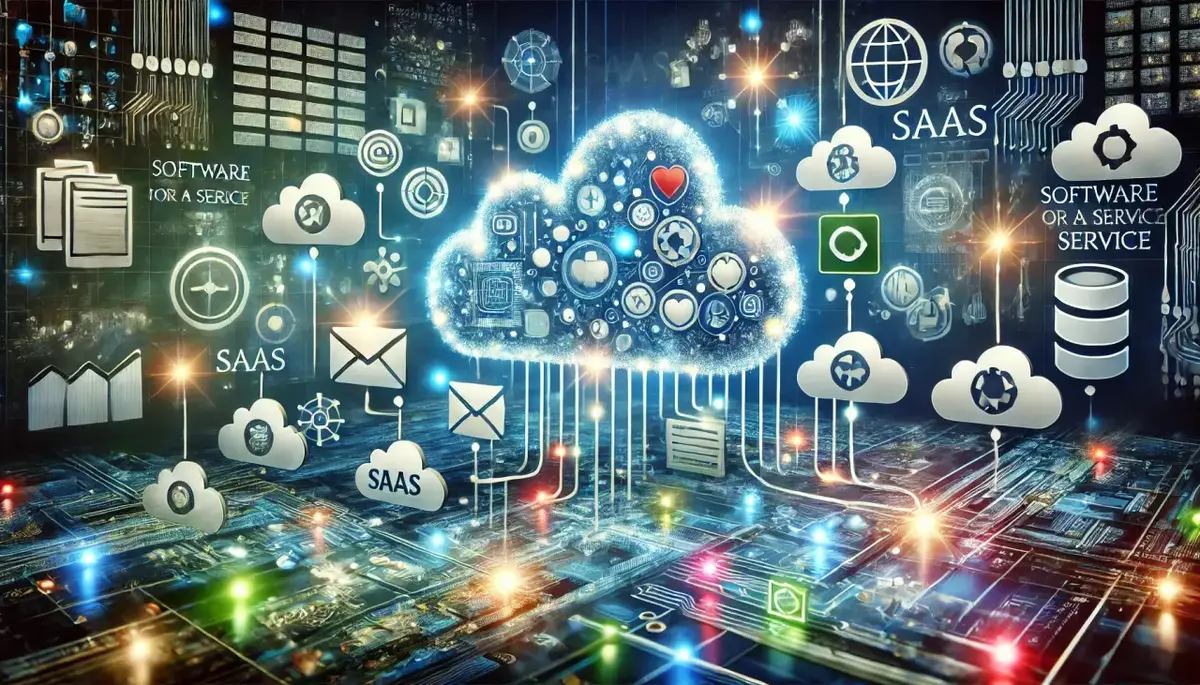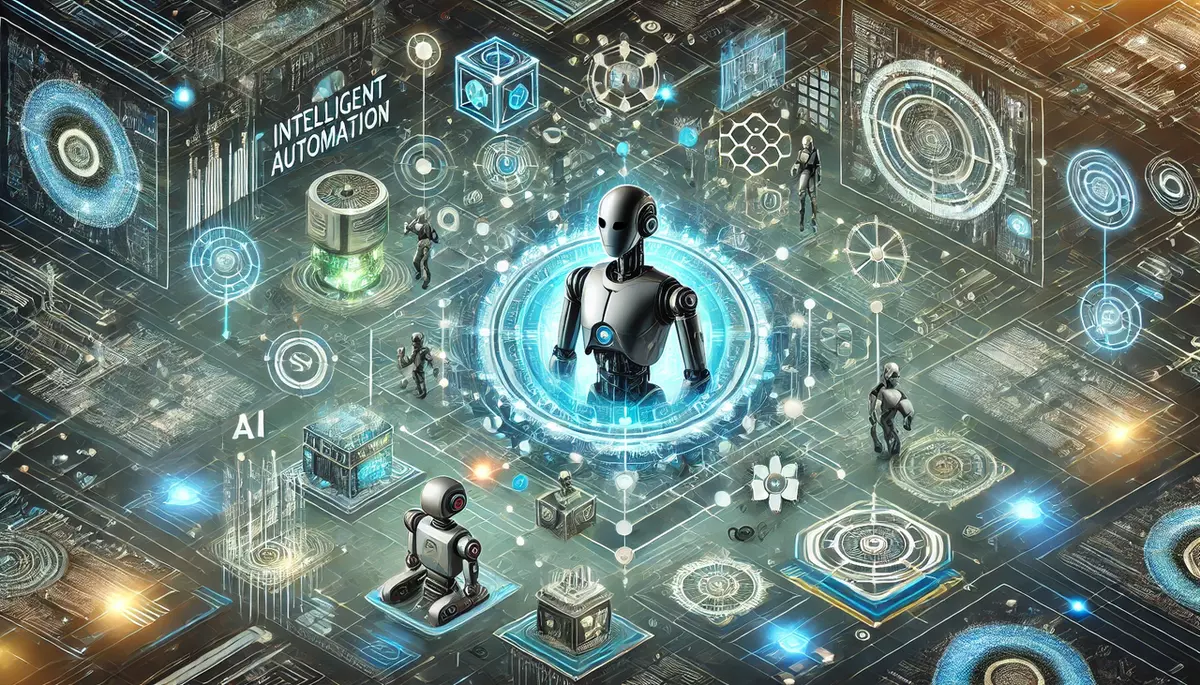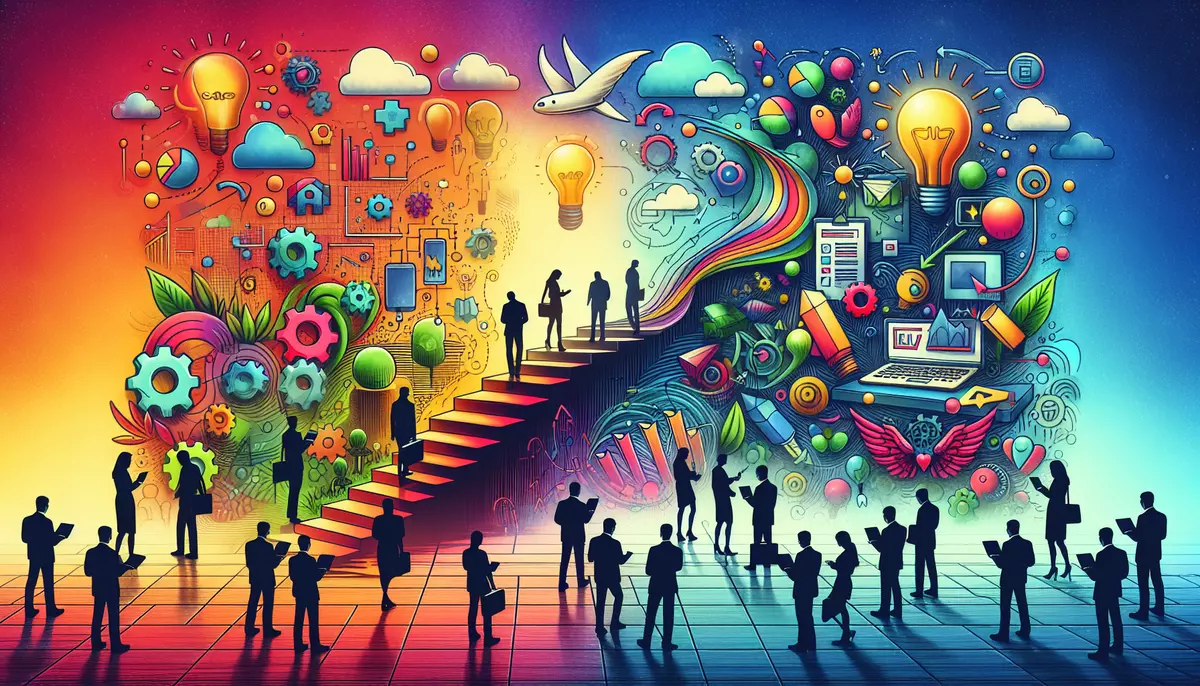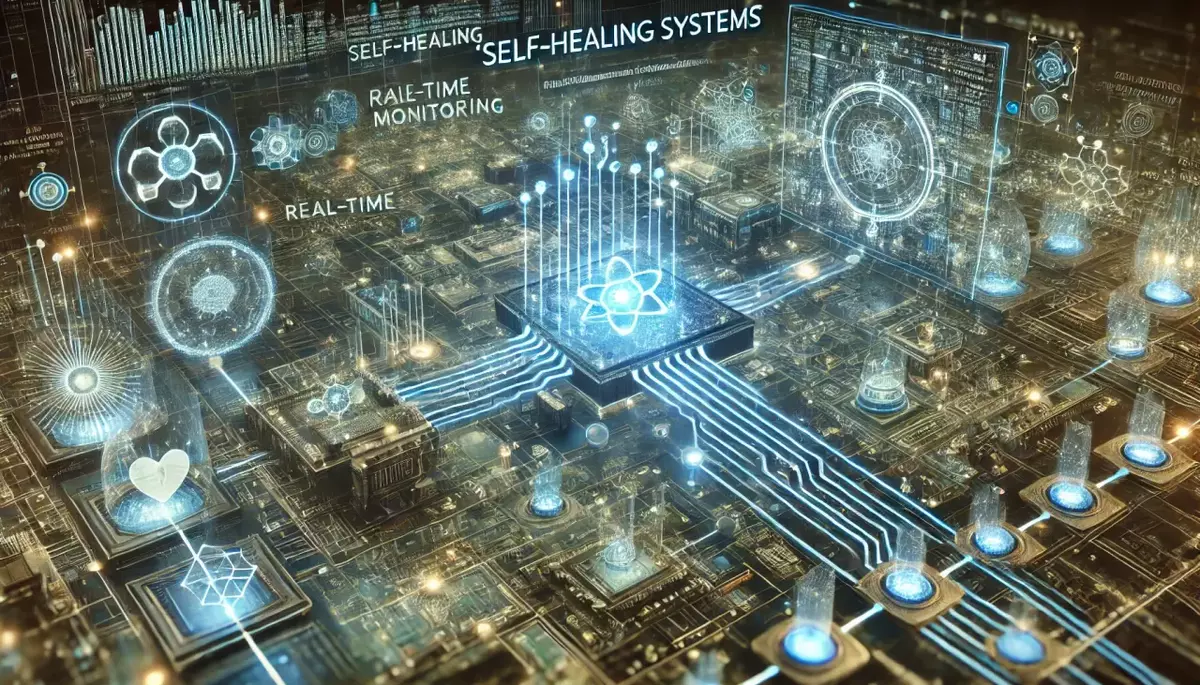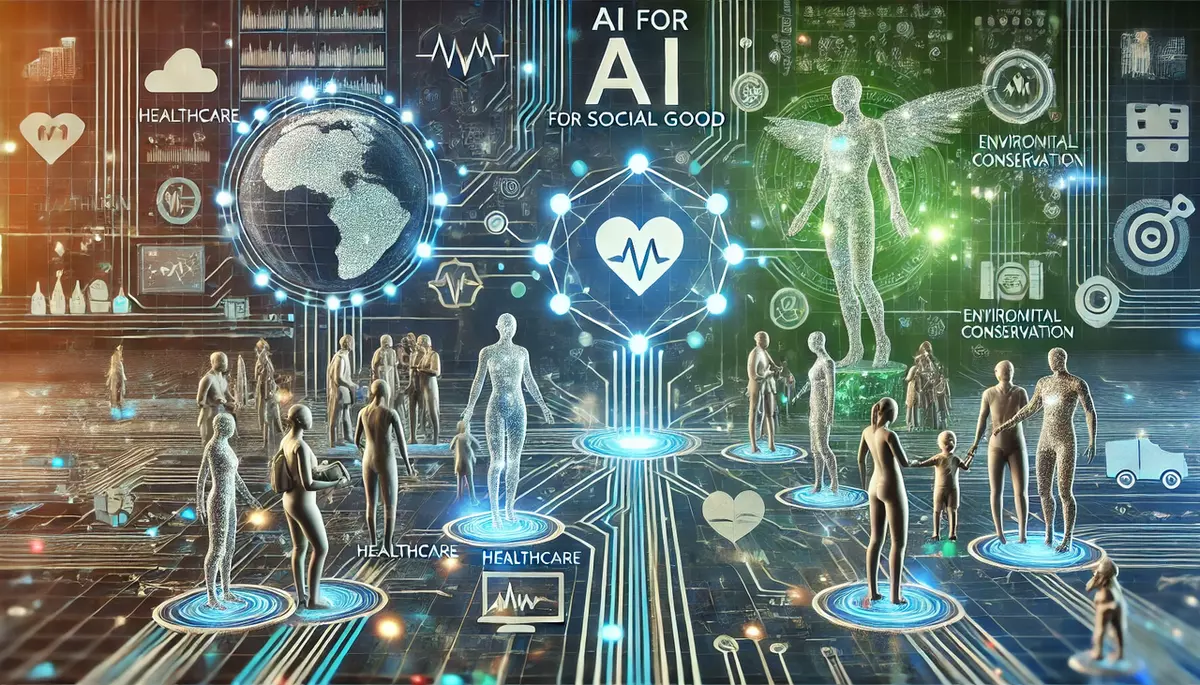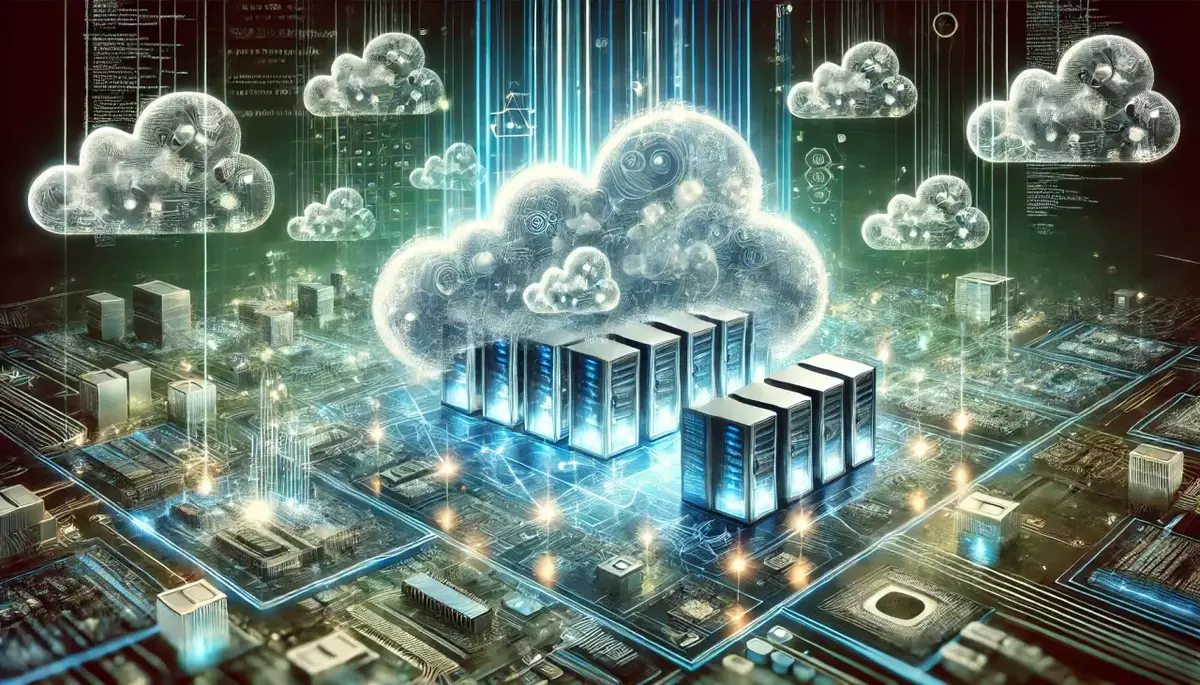Introduction
Software as a Service (SaaS) is a software distribution model in which applications are hosted by a provider and made available to customers over the internet. SaaS has become a dominant paradigm in the software industry, transforming the way businesses and individuals access and utilize software applications.
What is SaaS?
SaaS is a software licensing and delivery model in which software is centrally hosted and accessed by users over the internet. Instead of installing and maintaining software on their own computers or servers, users subscribe to a SaaS application and access it through a web browser or mobile app.
Key Characteristics of SaaS:
- Cloud-based: SaaS applications are hosted on remote servers and delivered over the internet, eliminating the need for on-premises infrastructure.
- Subscription-based: Users typically pay a recurring subscription fee to access the SaaS application, rather than a one-time license fee.
- Centralized Management: The SaaS provider is responsible for the application’s maintenance, updates, and security, reducing the burden on the user.
- Scalability: SaaS applications can easily scale up or down to meet the changing needs of users.
Benefits of SaaS
SaaS offers a range of benefits for both businesses and individual users:
For Businesses:
- Lower Upfront Costs: SaaS eliminates the need for large capital investments in hardware and software infrastructure.
- Reduced IT Maintenance: The SaaS provider handles software updates, security, and infrastructure management, freeing up IT resources.
- Scalability and Flexibility: Businesses can easily scale their SaaS usage up or down based on their needs.
- Accessibility: SaaS applications can be accessed from anywhere with an internet connection, enabling remote work and collaboration.
For Individual Users:
- Ease of Use: SaaS applications are typically designed with user-friendly interfaces, reducing the learning curve.
- Automatic Updates: SaaS users receive the latest features and bug fixes without the need for manual software updates.
- Mobility: SaaS applications can be accessed from any device with an internet connection, providing flexibility and convenience.
- Cost-effectiveness: SaaS subscriptions are often more affordable than purchasing and maintaining traditional software licenses.
Examples of SaaS Applications
SaaS has transformed a wide range of industries and applications, including:
Productivity and Collaboration:
- Google Workspace (formerly G Suite)
- Microsoft 365
- Slack
- Trello
Customer Relationship Management (CRM):
- Salesforce
- HubSpot
- Zoho CRM
Enterprise Resource Planning (ERP):
- SAP S/4HANA Cloud
- Oracle Fusion Cloud ERP
- Microsoft Dynamics 365
Human Resources (HR):
- Workday
- BambooHR
- ADP Workforce Now
Challenges and Considerations
While SaaS offers many benefits, there are also some challenges and considerations to keep in mind:
Data Security and Privacy
Businesses and users must ensure that their data is securely stored and protected by the SaaS provider, as well as comply with relevant data regulations.
Vendor Lock-in
Switching between SaaS providers can be complex and costly, leading to potential vendor lock-in concerns.
Internet Dependency
SaaS applications require a reliable internet connection, which can be a limitation for users in areas with poor connectivity.
Customization Limitations
SaaS applications may have limited customization options compared to on-premises software, which can be a concern for businesses with unique requirements.
The Future of SaaS
The SaaS market is expected to continue growing, driven by factors such as:
Emerging Technologies
Advancements in cloud computing, artificial intelligence, and the Internet of Things (IoT) are expected to further enhance SaaS capabilities and adoption.
Vertical SaaS
The rise of industry-specific SaaS solutions, known as “vertical SaaS,” is expected to cater to the unique needs of various sectors.
Hybrid and Multi-Cloud Strategies
Businesses may increasingly adopt a combination of on-premises and SaaS solutions, as well as leverage multiple cloud providers, to optimize their IT infrastructure.
Conclusion
Software as a Service has transformed the software industry, offering businesses and individuals a more accessible, scalable, and cost-effective way to access and utilize software applications. As the SaaS market continues to evolve, organizations and users must carefully evaluate the benefits, challenges, and considerations to ensure they make the most of this transformative technology.
This knowledge base article is provided by Fabled Sky Research, a company dedicated to exploring and disseminating information on cutting-edge technologies. For more information, please visit our website at https://fabledsky.com/.
References
- Gartner. (2022). “Gartner Forecasts Worldwide Public Cloud End-User Spending to Reach Nearly $500 Billion in 2022.” https://www.gartner.com/en/newsroom/press-releases/2022-04-19-gartner-forecasts-worldwide-public-cloud-end-user-spending-to-reach-nearly-500-billion-in-2022
- Benlian, A., Kettinger, W. J., Sunyaev, A., & Winkler, T. J. (2018). “The transformative value of cloud computing: a decoupling, platformization, and recombination theoretical framework.” Journal of Management Information Systems, 35(3), 719-739.
- Marston, S., Li, Z., Bandyopadhyay, S., Zhang, J., & Ghalsasi, A. (2011). “Cloud computing—The business perspective.” Decision support systems, 51(1), 176-189.
- Armbrust, M., Fox, A., Griffith, R., Joseph, A. D., Katz, R., Konwinski, A., … & Zaharia, M. (2010). “A view of cloud computing.” Communications of the ACM, 53(4), 50-58.
- Sääksjärvi, M., Lassila, A., & Nordström, H. (2005, January). “Evaluating the software as a service business model: from CPU time-sharing to online innovation sharing.” In IADIS International Conference e-Society 2005 (Vol. 2005, pp. 177-186).

